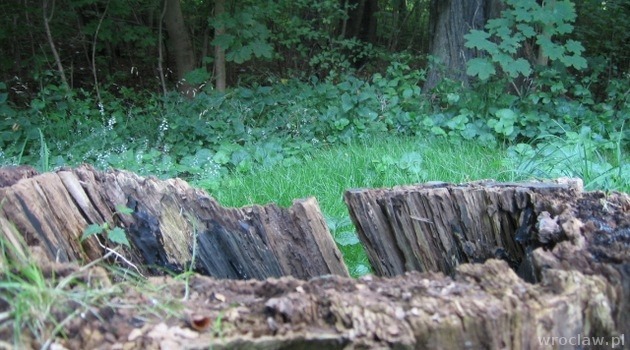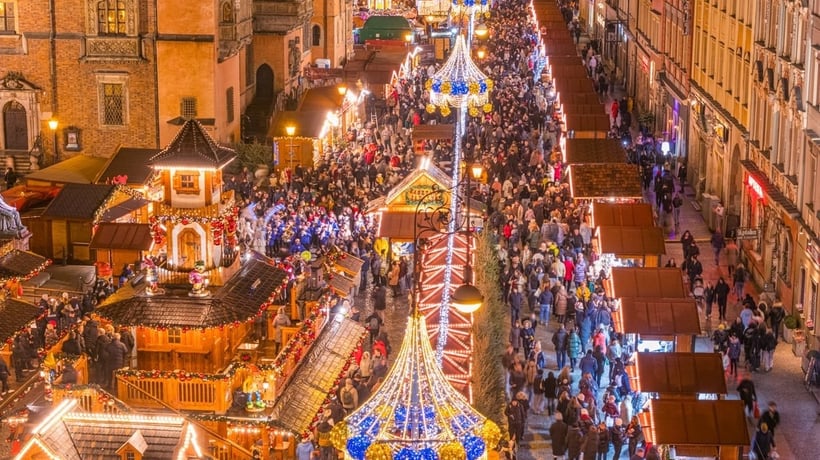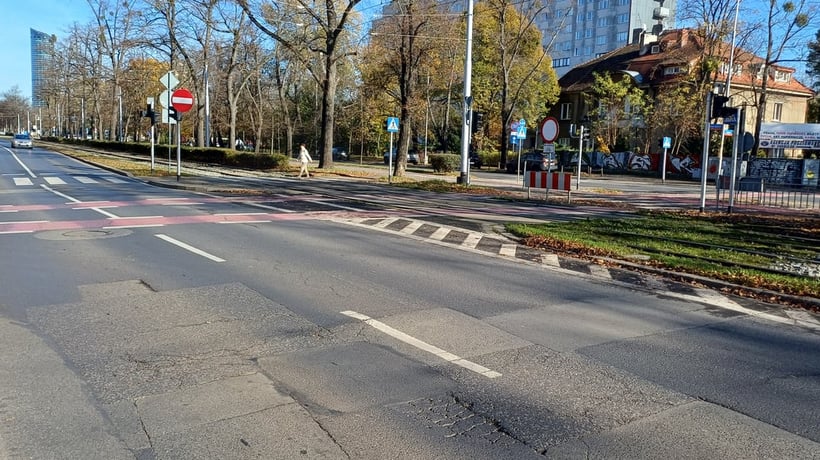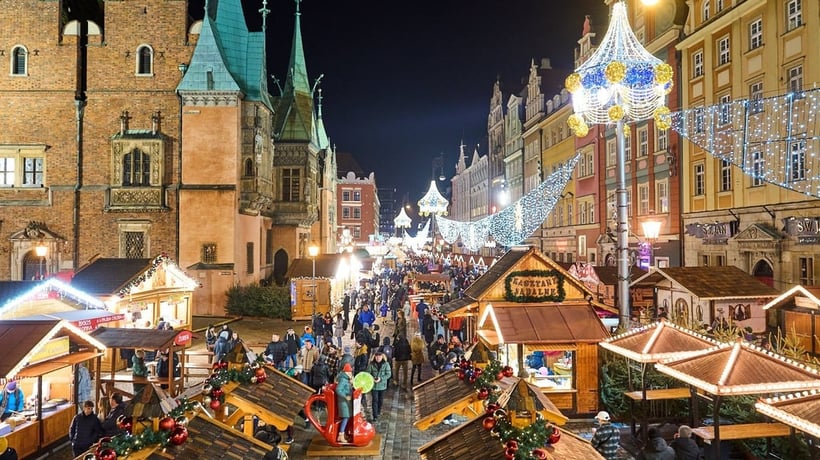We are accustomed to parks, but there are also forests in the city. Altogether, there are 2,194 ha of state-owned, municipal or private forests, almost half of which is under the care of the City Green Administration.
“The imposing Pilczycki Forest near Kozanów or the Rakowiecki Forest at Niskie Łąki are situated closest to the centre,” enumerates Andrzej Nowak, who knows almost everything about Wroclaw forests. In the City Green Administration, he and Mirosław Maziarz are responsible for everything that is related to forests. Although they are inspectors according to official nomenclature, they actually perform the same duties that a forester has.
Inhabitants of the western and north-western part of the city – districts such as Psie Pole, Zakrzów, Osobowice, Maślice or Leśnica – live closest to city forests. In general, inhabitants do not have to travel far to the woods – they is situated only 10 km away from the Market Square.
Picking mushrooms
Inhabitants of Nowy Dwór or Muchobór go to pick mushrooms to a young forest at ul. Graniczna (the Millennium Park complex divided into two parts: the 44-hectare forest part, which already exists, and the park & leisure part, which is under construction).
”I go there to pick red birch boletes or slippery Jacks,” says Jan, a man living at ul. Budziszyńska, adding that he has his own “favourite” places, but he does not want to disclose their location. Many persons pick mushrooms, but they hide them in their bags and do not boast of them.
In city forests, you can find ripe ceps (they like oak forests) and bay boletes. Some people wish they could also pick berries there (they grow in coniferous forests, whereas most of our forests are deciduous).
Beavers have returned to Wroclaw
Wroclaw forests are a particularly favourite place to live for wild boars (around 1,000); apart from them, visitors can meet roe deers (around 400), pheasants, foxes and an increasing number of hares.
“Beavers have appeared recently, too. They seek food in Wroclaw on the Bystrzyca river. They are very rare protected animals, and their presence in the city is a rarity,” stresses Andrzej Nowak.
As regards birds that can be met in Wroclaw forests, they include hawks, falcons, buzzards, woodpeckers or owls.
Forests in Wroclaw – there will be more
In total, Wroclaw forests are about 120 complexes with an average size of around 18 ha. The biggest of them include: Mokrzański Forest (617 ha), Rędziński Forest (408 ha), Ratyński Forest (265 ha), Strachociński Forest (140 ha), Osobowicki Forest (128 ha), Zakrzowski Forest (86 ha) or Pilczycki Forest (82 ha). Apart from them, we should also mention forest plantations, such as those at ul. Kosmonautów – new growing forests with new plantings. They need 15-20 years to reach “maturity”, but they will become real forests in around half a century.
New forests are established most frequently in post-agricultural areas. Currently the biggest new complex will be the Opatowice area – its target size is 150 ha, with 40 ha already afforested. Further new forests are being developed in the Świniary area, in the land formerly occupied by irrigation fields. The total area of our forests increases by around 10 ha on average every year.
“We plant mainly deciduous trees. The most frequent tree is the oak, because that is its natural environment. In the Oder Valley, oak forests or ash-elm woods have always been present, because the local soil is favourable for their growth,” tells Andrzej Nowak.
Forests are subject to the nature and forest regionalisation system. This means that plantings from the areas of Warsaw or Toruń cannot be used in Wroclaw – only those growing not farther than 40 km away from the city are used.
How much does a forest cost?
Land in cities is expensive and, in consideration of municipal cash resources, it would be most beneficial to designate it for investments.
”This is not the right direction. You can’t put buildings everywhere. We need space to breathe. That’s why we try to increase the afforestation rate all the time,” stresses Andrzej Nowak.
Afforesting 1 ha in a city costs around 25,000 PLN. The initial 3-year raising period, which is very important, entails an expense of further 30,000 PLN.
Do you know which big cities have most forests?
The answer is surprising – one of the “forest” leaders is Katowice (forests make up approx. 40% of its area), but this group includes also Szczecin or Gdańsk (approx. 30%).
“Wroclaw is said to be a city of green - and that’s true, but the afforestation rate is only around 7.5%. A similar level was reached by Poznań (around 14%), Łódź (around 10%) or Kraków (4.5%),” says Andrzej Nowak, adding that there was no “pressure” on the establishment of forests before the war, and they were cut out as the city expanded.
A forest is not a park
Sometimes a park borders on a forest and that may lead to a problem. Municipal services receive calls from strollers with a request for intervention. Indignant inhabitants say that they stumble against lying branches and cannot find any bench to rest on. They do not realise that they are in a forest, not in a park. What is the difference between a park and a forest? In short, a forest is “wilder” and has more trees – more than 300 per 1 hectare on average.
Jarek Ratajczak






